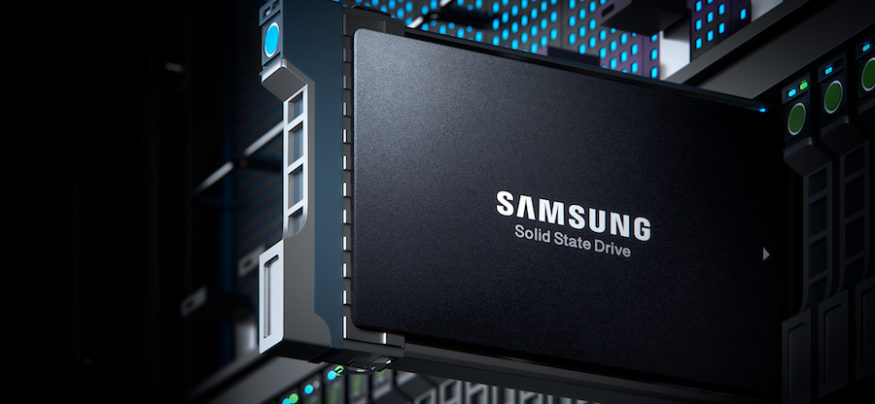Thanks to emerging trends like the Internet of Things (IoT), Online Transaction Processing (OLTP), data mining and edge computing, along with mandates such as General Data Protection Regulation (GDPR), 2018 saw the evolution of solid state drive (SSD) needs from security protocols to higher capacity growth in data centers.
Because of these changes in the hard drive space, enterprises are consolidating digital information — whether in a private data center or public cloud — and enabling storage opportunities for data lakes or other repositories.
More Room for Performance Improvement
A major focus has now turned to SSDs as costs continue to drop and capacity improves through Quad Level Cell (QLC) technology, which stores four bits per cell instead of three and offers improved cell density.
Performance requirements continue to drive adoption of faster and larger SSDs. Content delivery networks (CDNs) are transitioning from 1080p video to 4K (3840×2160) to 8K (7680×4320), with the bits per color moving from eight to 12 to 16 to support high dynamic range (HDR) as well. This involves streams increasing from 6Mbit/s for 1080p to as many as 100Mbit/s for 8K HDR video. Data mining, online transaction processing, real-time systems and other new technologies require as much throughput and the lowest seek times possible.
New Products Mean New Capabilities
Samsung released a number of new products in 2018, including Samsung Enterprise SSDs like the 860 DCT, 883 DCT and new NVMe products like the 970 EVO and 970 PRO, 983 DCT and 983 ZET. These new SSDs offer higher capacities, faster response times and higher transfer rates than previous drives, while reducing costs, lowering energy usage and increasing drive lifespans.
Understanding SSD Endurance and Over-Provisioning
Get your free guide to optimizing SSD over-provisioning for improved cell endurance. Download Now
As the year progressed, product shortages and price increases turned to sufficient supplies of hardware and price declines. Samsung launched the new Samsung Data Center series to unlock new growth opportunities in servers and storage systems. Also launched was the QLC product, which will transform the industry by delivering affordable SSDs to the market that offer a real apples-to-apples competitor to hard disk drives. The continuing shift from SATA to NVMe/PCIe for high performance drives also offers substantial performance increases for gaming and data storage systems.
Long-Term Storage Dilemmas Solved by New Partnerships
For Samsung Data Center products, the year included some notable partnerships:
- The University of Akron collaborated with Gravity Gaming to create an esports center in their student union that includes 93 high-end gaming PCs utilizing Samsung 860 EVO and 970 PRO SSDs, giving the varsity gaming team the best systems for their competition.
- EchoStreams Innovative Solutions LLC, an OEM/ODM solutions provider focused on server and storage technologies, created a newer version of their FlacheSAN line. It was developed with Samsung 2.5-in. and M.2 NVMe drives to offer a high level of performance at a reasonable cost.
- Exxact Corp. solved their high performance computing system bottlenecks with multiple Samsung SSDs in a RAID configuration to serve up to eight nVidia Tesla graphics coprocessors (GPUs) in a single system.
For Samsung SSDs, 2018 was a year of exciting new partnerships and data center products that will enable systems growth for administrators, VARs and integrators, as well as consumers — allowing them to build the best gaming systems possible. These trends are only expected to continue as SSDs reach new heights, with QLC drives and new NVMe components moving costs down and performance levels up.
Samsung’s entire SSD lineup has transformed the way enterprises approach large data storage needs. Find out more about the hardware’s capabilities with this free white paper.








